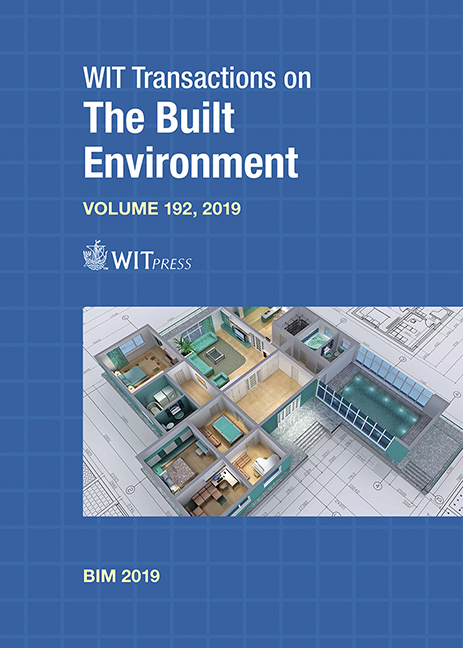IMPROVEMENTS FOR THE WORKFLOW INTEROPERABILITY BETWEEN BIM AND FEM TOOLS
Price
Free (open access)
Transaction
Volume
192
Pages
11
Page Range
317 - 327
Published
2019
Paper DOI
10.2495/BIM190271
Copyright
WIT Press
Author(s)
ANDERS SAGVÅG BIRKEMO, SIMEN CHRISTENSEN HJORTLAND, S. M. SAMINDI M. K. SAMARAKOON
Abstract
Transferring models, developed using Building Information Modelling (BIM), to Finite Element Method (FEM) tools is an important task in the integration of structural engineering into the open BIM workflow. Such integration saves the time spent by a structural engineer modelling a structure from scratch. There are various problems that can arise while transferring from BIM to FEM tools. A common problem in transferring the geometry and data from the BIM model into an FEM tool is the question of where to place nodes. Each column, beam or slab is defined as a volume in the BIM model and must be interpreted as lines and areas in the FEM analysis. This can be problematic, as transfer of forces must happen at a singular point in the FEM analysis, while the BIM model may be ambiguous regarding where these points are to be placed. This paper discusses the problems that occur when transferring a model from BIM to FEM tools and how to reduce some common mistakes by improving the existing workflow. Based on the needs of local Norwegian industries, the study mainly focuses on the transference of analytical models from Revit software to FEM tools such as Focus Konstruksjon, Robot Structural Analysis and SOFiSTiK. Then, improvements for the existing workflow are proposed for the aforementioned interoperability between BIM and FEM tools and verified using a case study.
Keywords
Building Information Modelling, Finite Element Methods, workflow





